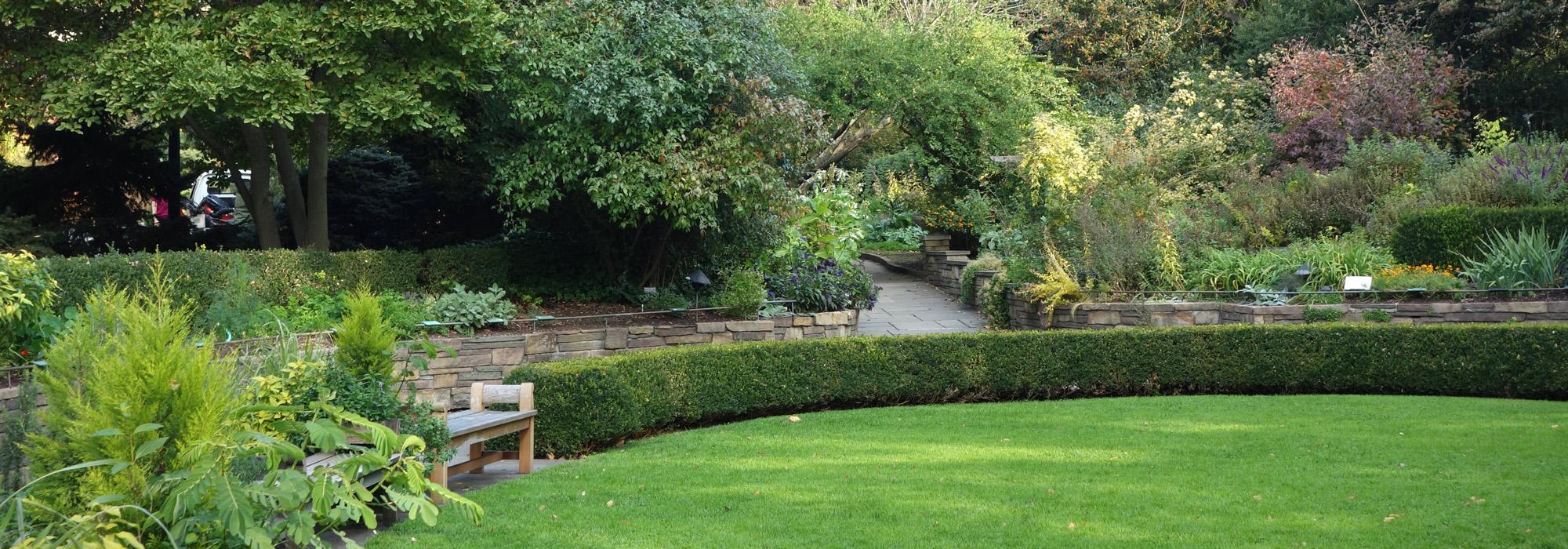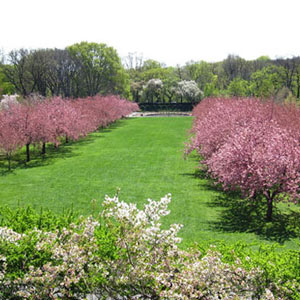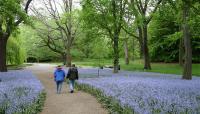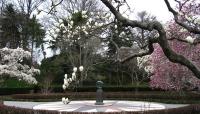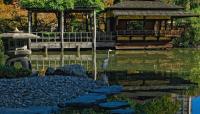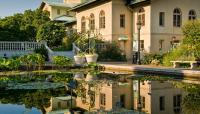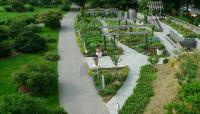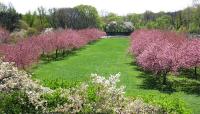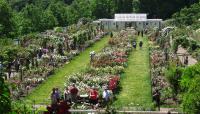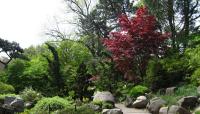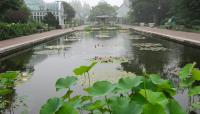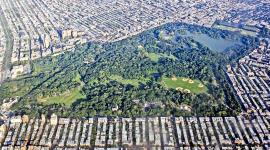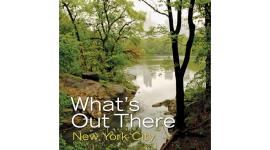Landscape Information
Purchased by the City of Brooklyn along with land for adjacent Prospect Park, this once-glaciated, marshy 39-acre parcel remained undeveloped until 1897. That year, state legislation created Institute Park, an urban botanical garden designed for educational purposes. Although Olmsted Brothers created the first site plan, the present 52-acre landscape is largely the creation of Harold Caparn, the institute’s landscape architect from 1912-1945. Caparn conceived the whole as a collection of 13 eclectic gardens, built incrementally, which are connected by winding paths.
The Native Flora Garden was constructed in the opening year, 1911, and included plant species found within 100-miles of the city. The Children’s Garden reflected the institute’s educational mission, offering programs in horticulture to community youths. In 1915, the three-acre Hill-and-Pond Garden, designed by Takeo Shiota, was one of the first Japanese-style garden in an American public park. In 1917 a rock garden utilizing glacial boulders was introduced and architects McKim, Mead and White designed the Beaux-Arts Administrative Building and glass-and-steel Palm House. In the 1920s, the Lily Pool Terrace and Cherry Walk were established, as was the Shakespeare Garden, sponsored by Henry C. Folger. The Cranford Rose Garden, designed by Caparn with over 1,000 varieties, was dedicated in 1928, and Magnolia Plaza was planted in 1933. The Works Progress Administration created the Herb Garden and three-acre Italian Renaissance-style Osborne Garden. Landscape architect Alice Ireys created the tactile Fragrance Garden in 1955. Further development in the 1980s and 1990s included the erection of the Steinhardt Conservatory as well as restoration initiatives.



